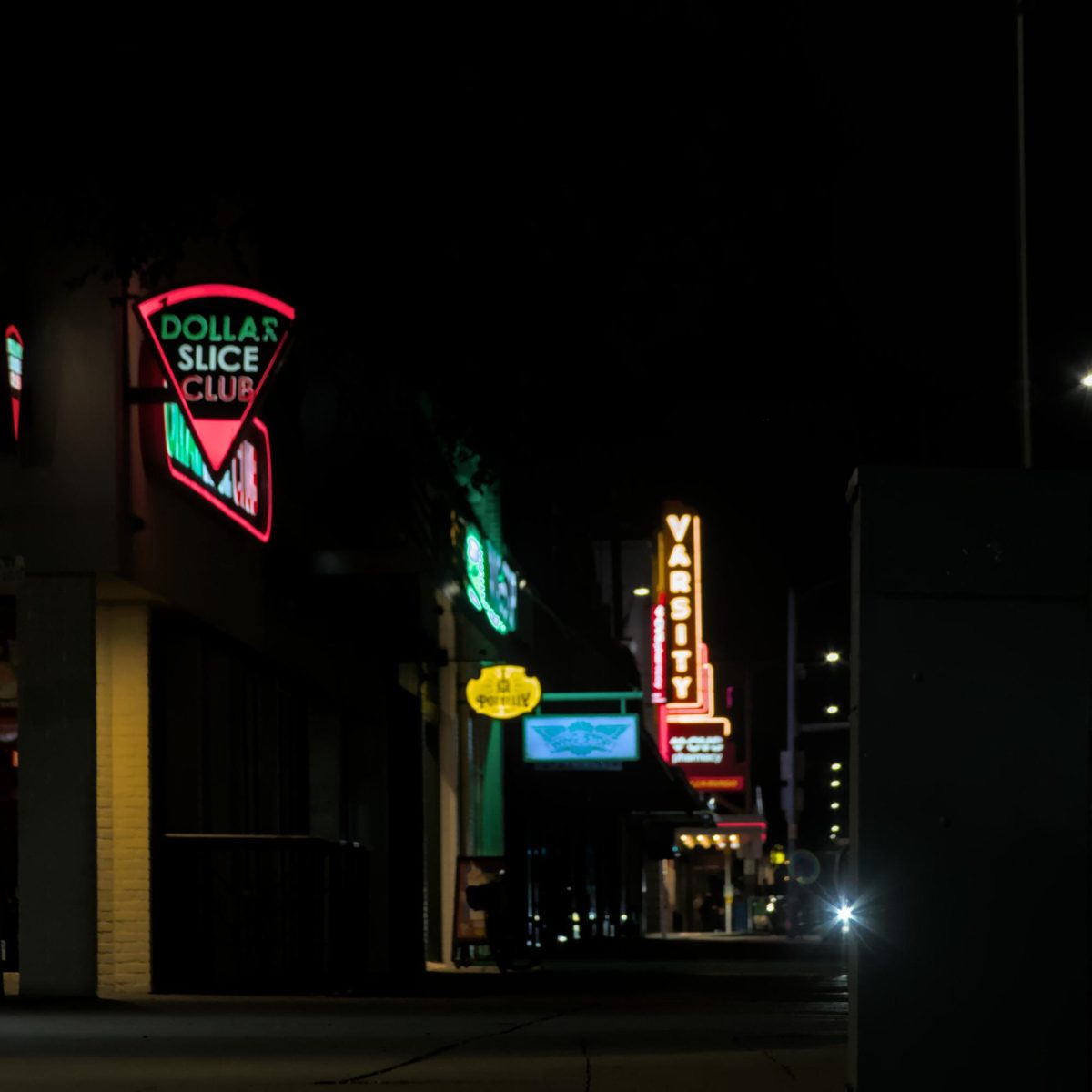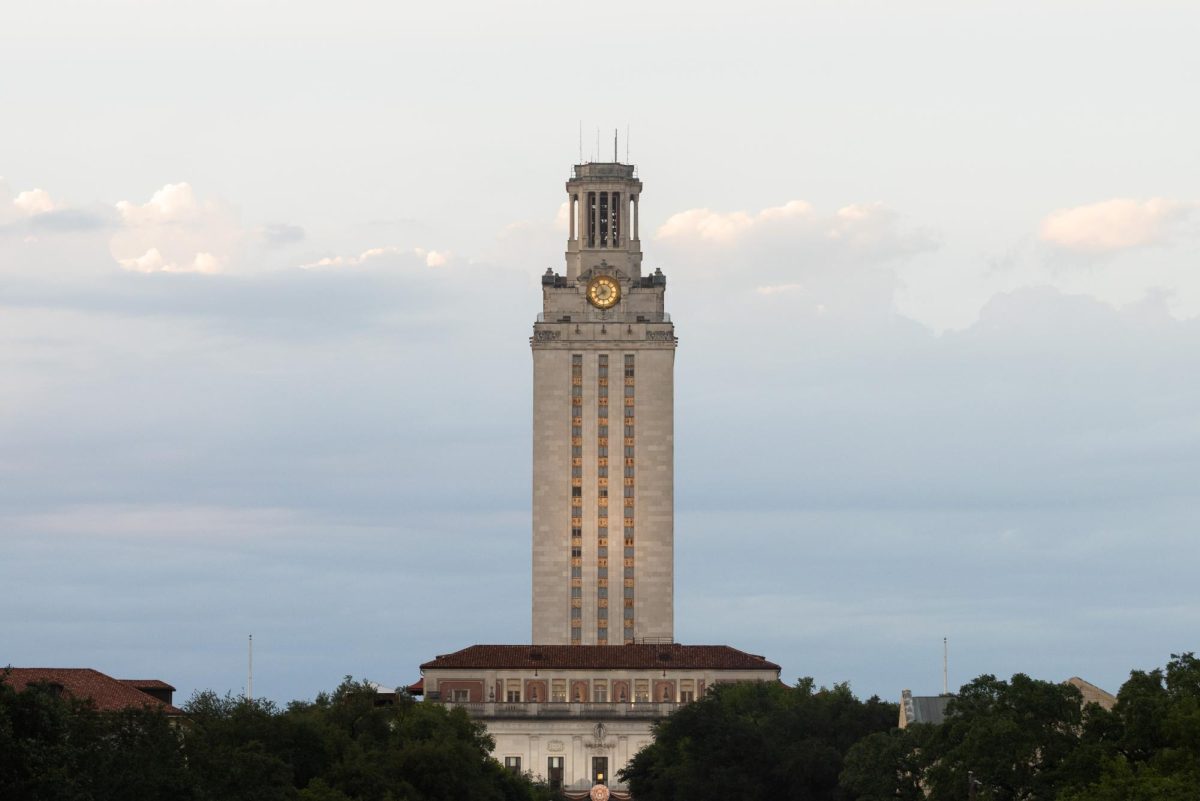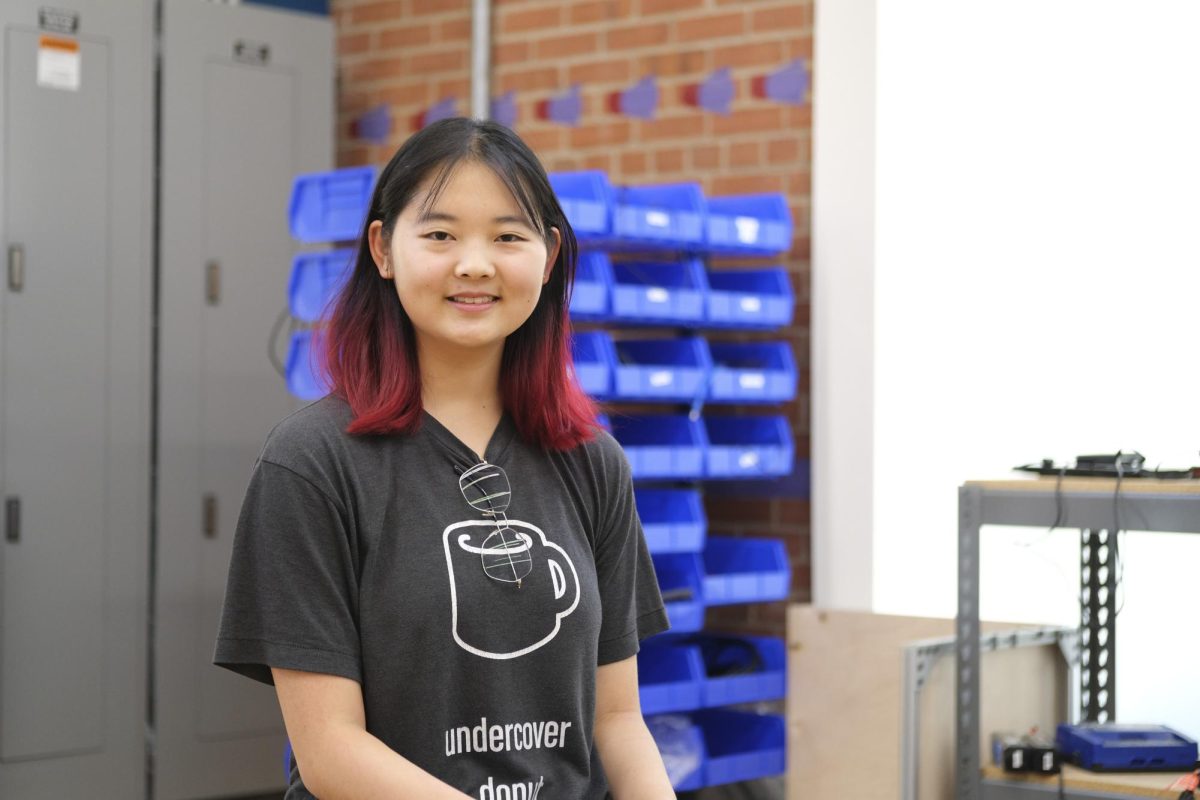Internationally-renowned Beijing architect Ma Yansong visited UT on Wednesday to talk about the intersection between nature and architecture.
Founder of MAD Architects, a global architecture firm, Yansong has designed futuristic architecture in China, Italy, Denmark and the U.S., among others.
Yansong said architecture should reflect the natural environment around it.
“It’s not about architecture — it’s about the neighborhood,” Yansong said. “Beauty is defined where people live. Inside a courtyard, you have trees, nature, families, life. That’s what architecture is about.”
Yansong said his architecture differs from most other styles because it intertwines buildings with their natural surroundings. He said he uses Shanshui City, a certain cultural district in China, as inspiration for his architectural style.
“Shanshui City is a Chinese phrase — it’s literally translated as ‘mountain water,’” Yansong said. “In Chinese culture, when you put them together, it represents a certain culture [that incorporates natural features].”
Courtney Coffman, press coordinator at MAD Architects, said many of Yansong’s artistic endeavors incorporate specific natural features in technologically advanced places.
“[There’s a] sublime quality of spiritual connection to the land but also image-making as well,” Coffman said. “This is something he’s trying to bring into urban cities.”
Coffman says Yansong takes gentrification and urban sprawl into consideration when designing.
“A lot of cities, especially in China, they rapidly grew super, super quick, but they grew with this kind of generic architecture, these huge boxes, lots of high rises,” Coffman said. “A lot of it is obviously because of cost and capital.”
Yansong said his main challenge in urban architecture was producing density without resorting to generic structures that communicate power and capitalism over unique ingenuity.
“[With] urbanization in China, the population is extending into some new areas,” Yansong said. “Instead of copy[ing] and pasting some kind of urban typology, in this context, you’d rather design a building with extensions of hills.”
The talk was part of the School of Architecture’s Spring 2016 Series. Igor Siddiqui, chair of lectures and exhibitions in the School of Architecture, said they invited Yansong because of his global expertise.
“Every semester we present a series of public programs that consist of about a dozen lecturers and two or three exhibitions focusing on current issues in architecture and in disciplines,” Siddiqui said. “The scope of the lecture series is very international, and Ma Yansong’s lecture is a reflection of this international scope of programming.”





















